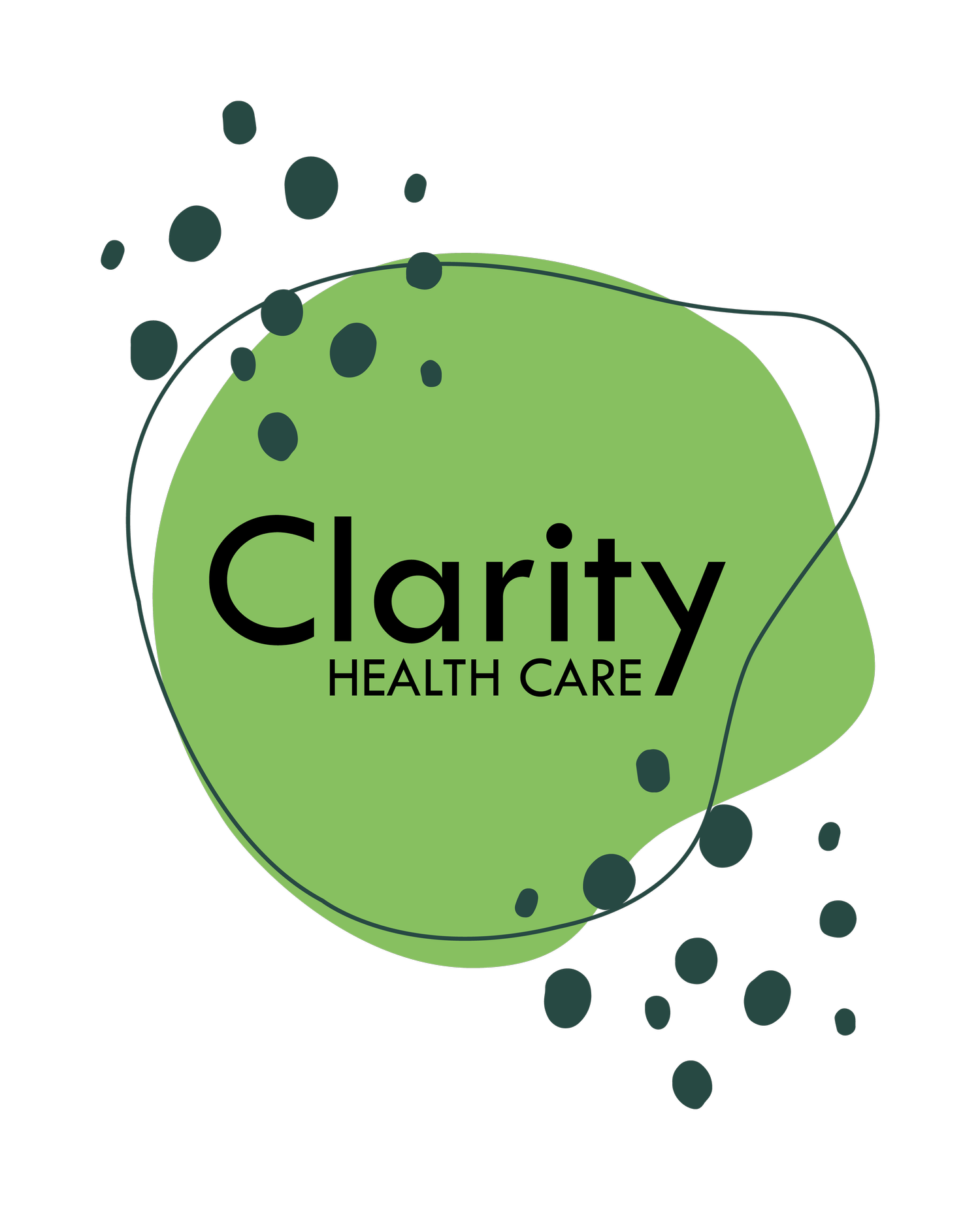
Optimal Health Program
Optimal Health Program Opioid Use
What Are Opioids?
Opioids are a class of drugs that include both prescription medications like morphine, oxycodone, and codeine, as well as illegal substances such as heroin. These drugs are often prescribed for pain relief due to their ability to reduce the intensity of pain signals sent to the brain and affect areas of the brain that control emotion, which diminishes the perception of pain. Despite their medical uses, opioids have a high potential for misuse, leading to addiction and significant health risks.
Effects of Opioid Use
The effects of opioids can vary depending on:
The individual’s body weight, health, and tolerance
The type and dose of opioid
Whether the drug is taken in combination with other substances
Short-term Effects
When opioids are taken, the immediate effects may include:
Pain relief
Euphoria, due to the release of dopamine
Drowsiness and sedation
Constipation and nausea
Slowed breathing and heart rate
Long-term Effects
Long-term opioid use can lead to serious health complications, including:
Dependence: Over time, the body becomes reliant on the drug to function, leading to withdrawal symptoms when not using.
Addiction: Continued use of opioids despite knowing the harmful consequences is a sign of addiction.
Increased tolerance: This means that larger doses are needed to achieve the same effect, which increases the risk of overdose.
Respiratory issues: Opioids slow down breathing, which can result in hypoxia, a condition where not enough oxygen reaches the brain.
Mental health impacts: Depression, anxiety, and cognitive impairments are commonly associated with prolonged opioid use.
Overdose risk: High doses or using opioids with other substances like alcohol can lead to fatal overdoses.
Opioid Use and Medications
Opioids can interact with other medications in dangerous ways. For example, combining opioids with benzodiazepines (often prescribed for anxiety or sleep disorders) increases the risk of respiratory depression, overdose, and death. It’s essential to consult with a healthcare provider about the risks of taking opioids alongside other medications.
Harm Minimization Strategies
If you or someone you know is using opioids, harm reduction strategies can reduce some of the risks:
Use opioids as prescribed: Never take more than the prescribed dose, and don’t mix them with alcohol or other depressants.
Avoid crushed or injected forms: These methods increase the risk of overdose and infections, including HIV and hepatitis.
Naloxone: Keep naloxone (an opioid overdose reversal drug) on hand if opioids are being used regularly. Naloxone can temporarily reverse the effects of an overdose if administered in time.
Take breaks: Giving the body time to recover can help reduce tolerance and lower the risk of overdose.
Use in a safe space: Ensure someone is present who can seek medical help in case of an overdose.
Quitting Opioids
Opioid withdrawal can be highly uncomfortable and potentially dangerous without medical support. Symptoms of withdrawal include:
Restlessness and agitation
Muscle and bone pain
Insomnia
Nausea, vomiting, and diarrhea
Intense cravings for the drug
If you're considering reducing or quitting opioid use, here are some steps to take:
Seek medical advice: Quitting opioids should ideally be done under the guidance of a healthcare professional, especially if you’ve been using them for a long time. A doctor may recommend a gradual reduction in dosage or provide medication-assisted treatments (MAT) like methadone or buprenorphine, which can reduce withdrawal symptoms and cravings.
Medication-assisted treatment (MAT): Medications such as methadone, buprenorphine, and naltrexone can help in managing dependence and reducing relapse rates. These medications should be taken under medical supervision as part of a comprehensive treatment plan.
Counseling and support: Behavioral therapy can help you understand the underlying causes of opioid use and develop healthier coping mechanisms. Support groups such as Narcotics Anonymous (NA) provide peer support and guidance during recovery.
Getting Help
If you or someone you care about is struggling with opioid use, remember that help is available. Recovery is possible, and there are several resources to support you along the way:
Narcotics Anonymous (1300 652 820): For peer support and guidance during recovery.
Speak with your doctor: For personalized advice and treatment referrals.
Lifeline Australia (13 11 14): Offers confidential support for those struggling with substance use.
Alcohol and Drug Foundation (1800 250 015): Provides information on local treatment services and harm reduction strategies.
Final Thoughts
Opioid use is a complex issue, but with the right support, recovery is achievable. Whether you're looking to manage your use, minimize harm, or quit entirely, reaching out for help is the first step toward a healthier future.
